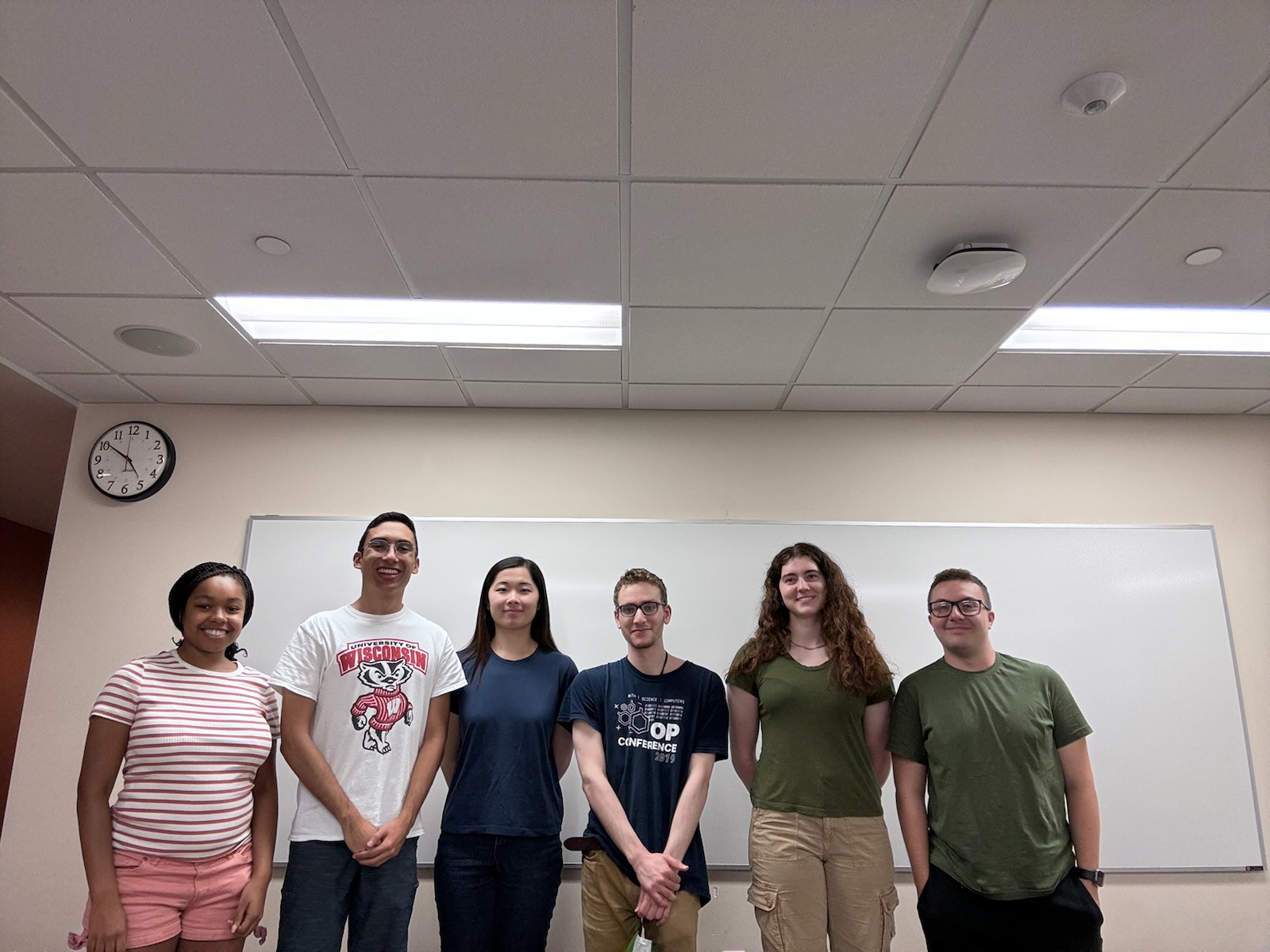Microfluidic device for a nanofabrication apparatus
This project has been secured to protect intellectual property.
Login for More InformationAutomate the scaffold generation process by transferring protein solution and recovering excess proteins.
Project Overview
The Microfluidic Menaces design team was tasked by Dr. Paul Campagnola to engineer a microfluidic device that facilitates the creation of a scaffold to mimic the extracellular matrix (ECM). The device would accomplish this by introducing proteins such as collagen, laminin, and fibronectin that would be synthesized into this structure. Then, the proteins that have not been polymerized would be washed out for use in future processes. Pumps and filters will be used to control the flow rate of proteins throughout the device to automate the process. The scaffold will mimic the ECM in physiological tissues, and this can be used to observe interactions between cells and ECM, which can help identify and diagnose cancer cells in early stages.
Team Picture

Contact Information
Team Members
- Ethan Mendenhall - Co-Team Leader
- Soren Saleme Urday - Co-Team Leader
- Myrna Chang - Communicator
- Shai Biener - BSAC
- Dominique Gooden - BWIG
- Lauren Fiedor - BPAG
Advisor and Client
- Dr. Anupama Nair - Advisor
- Prof. Paul Campagnola - Client
Related Projects
- Fall 2025: Microfluidic Device for a Nanofabrication Apparatus
- Fall 2024: Microfluidic device for a nanofabrication apparatus
- Spring 2024: Microfluidic device for a nanofabrication apparatus
- Fall 2023: Microfluidic device for a nanofabrication apparatus
- Spring 2023: Microfluidic device for a nanofabrication apparatus
- Fall 2022: Microfluidic device for a nanofabrication apparatus
- Fall 2021: Microfluidic device for a nanofabrication apparatus
- Spring 2020: Microfluidic device for a nanofabrication apparatus
- Fall 2019: Microfluidic device for a nanofabrication apparatus
